The Rock of Cashel, also known as Cashel of the Kings or St. Patrick’s Rock, is an iconic and historically significant site in County Tipperary, Ireland. Situated on a limestone outcrop, the Rock of Cashel boasts a unique and awe-inspiring skyline that has attracted visitors for centuries. The site comprises various religious and secular buildings, highlighting the rich cultural and historical past of the area. This history can be traced back to the early centuries AD, weaving together legends, kings, and religious conversions.
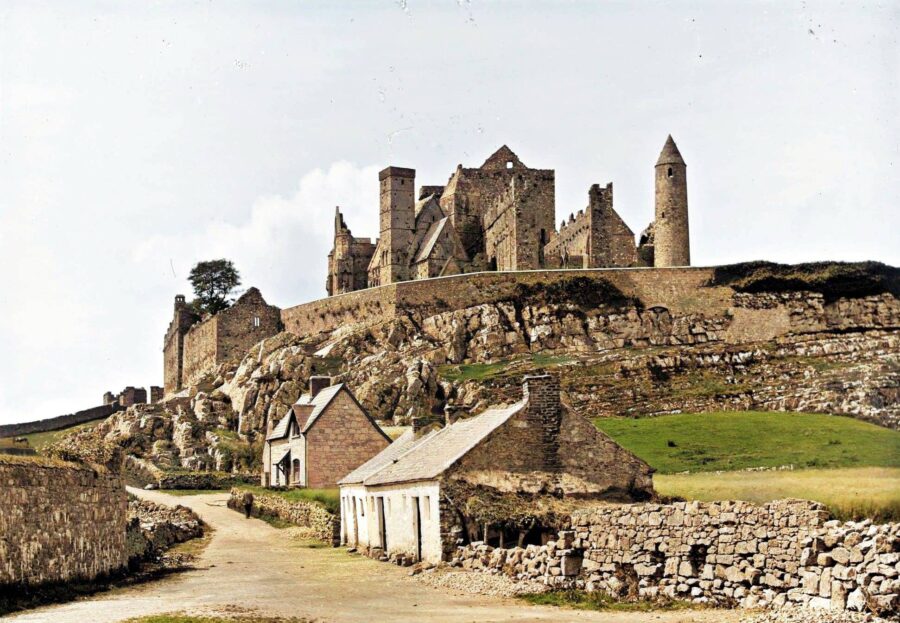
Early History: 4th – 11th Centuries
The history of the Rock of Cashel dates back to the 4th or 5th century when it served as the seat of the Kings of Munster, an ancient Irish kingdom. Legend has it that St. Patrick visited Cashel in 432 AD and baptized King Aengus, the first Christian king of Munster. During the ceremony, St. Patrick is said to have accidentally pierced the king’s foot with his crozier. King Aengus endured the pain, believing it to be part of the ritual.
12th Century: Religious Transformation
In 1101, King Muirchertach Ua Briain (Murtagh O’Brien) gifted the Rock of Cashel to the Church, marking a significant shift in its history. This donation was a strategic move to gain favor with the Church and consolidate power. Consequently, the site transformed into a religious center, with the construction of several ecclesiastical buildings, including a round tower, a Romanesque chapel, and an abbey.
Cormac’s Chapel:
12th Century Cormac’s Chapel, consecrated in 1134, is one of the most well-preserved Romanesque churches in Ireland. It was commissioned by King Cormac Mac Carthaigh, reflecting his political ambitions and the religious importance of the site. The chapel features a sandstone exterior, intricate stone carvings, and remarkable frescoes that offer a glimpse into Ireland’s medieval artistic heritage.
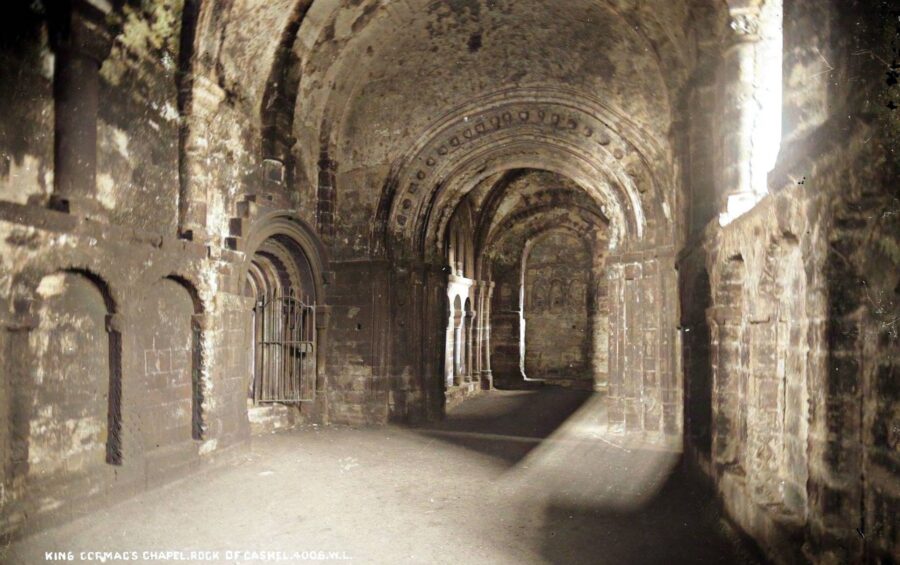
St. Patrick’s Cathedral:
13th Century Following the Anglo-Norman invasion in the late 12th century, the Rock of Cashel saw further development, including the construction of the Gothic-style St. Patrick’s Cathedral. The cathedral was built between 1235 and 1270 and became the center of religious life in the region. It features a nave, choir, and aisles adorned with carved capitals, lancet windows, and a central tower.
15th Century:
Hall of the Vicars Choral The Hall of the Vicars Choral, built in the 15th century, was the residence of the lay choir who sang during cathedral services. The hall now serves as the entrance to the Rock of Cashel complex and houses a small museum displaying artifacts from the site.
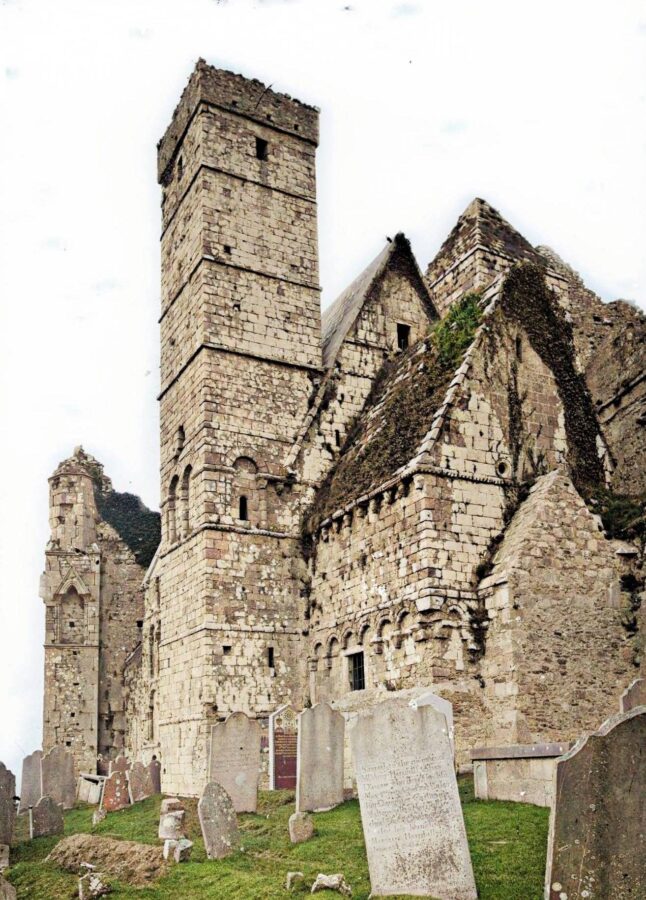
16th Century:
Dissolution and Decline During the 16th century, the English Reformation led to the dissolution of monasteries in Ireland. In 1541, the Rock of Cashel was surrendered to the English Crown and subsequently secularized. The religious buildings fell into disrepair, and the site lost its former prominence.
Restoration and Present Day
In the 19th and 20th centuries, the Rock of Cashel underwent significant restoration efforts. The site is now managed by the Office of Public Works and serves as a major tourist attraction. Visitors can marvel at the ancient architecture, immerse themselves in Ireland’s rich history, and enjoy the panoramic views of the surrounding countryside.
The Rock of Cashel is a testament to the dynamic history of Ireland, from its origins as a royal stronghold to its transformation into a religious center. It remains an enduring symbol of the nation’s cultural heritage and a must-see destination


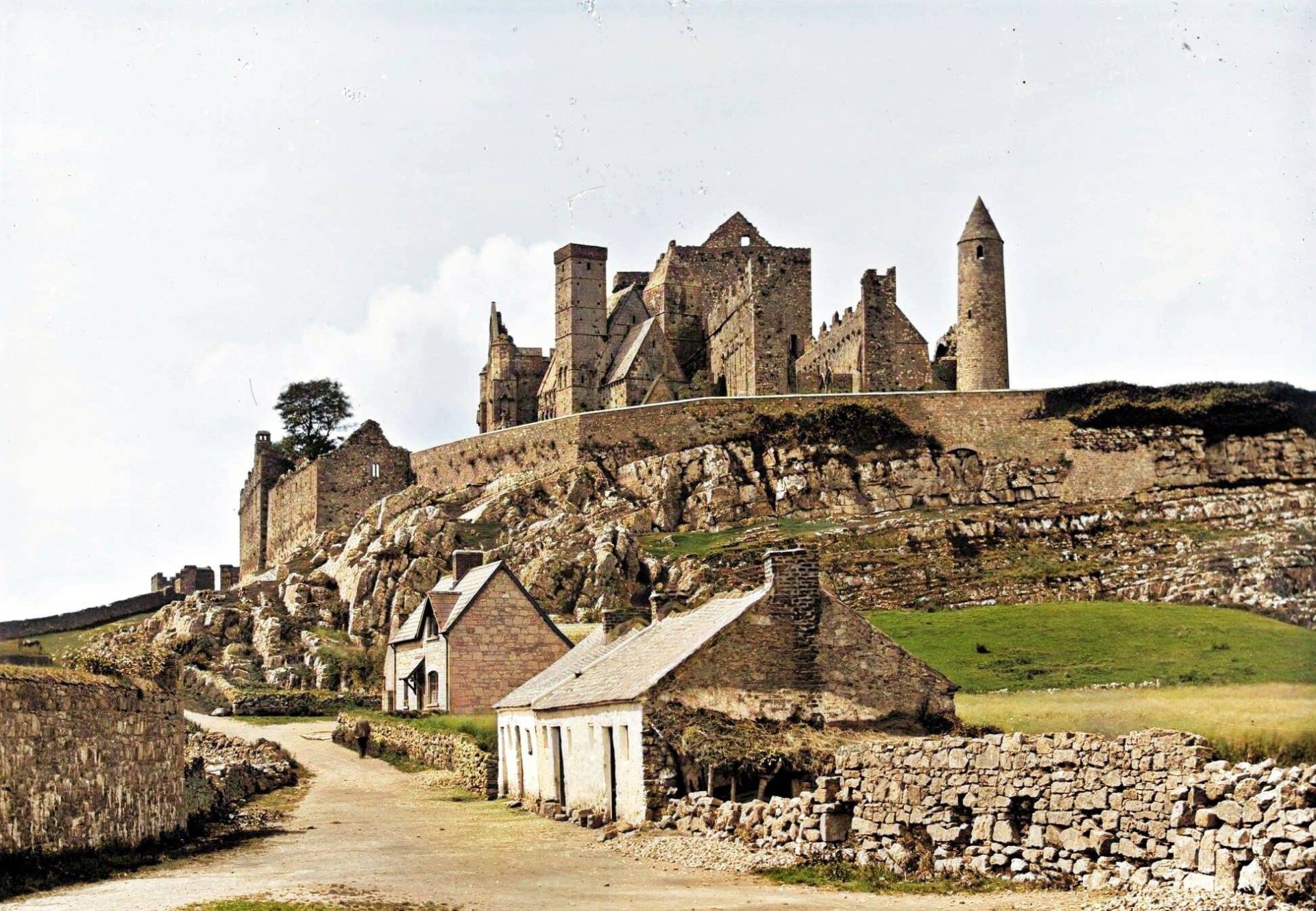
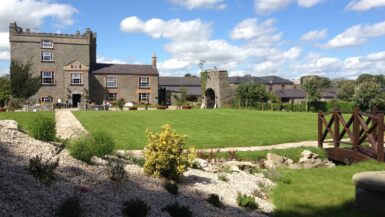
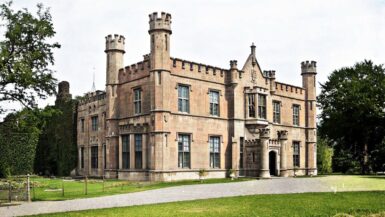

Leave a reply